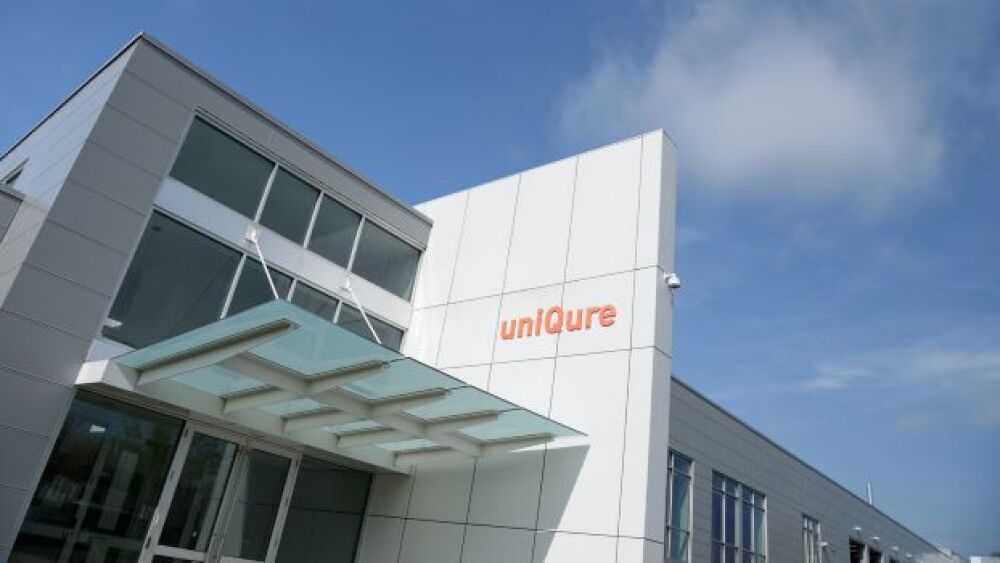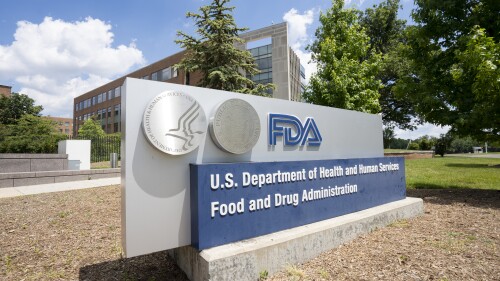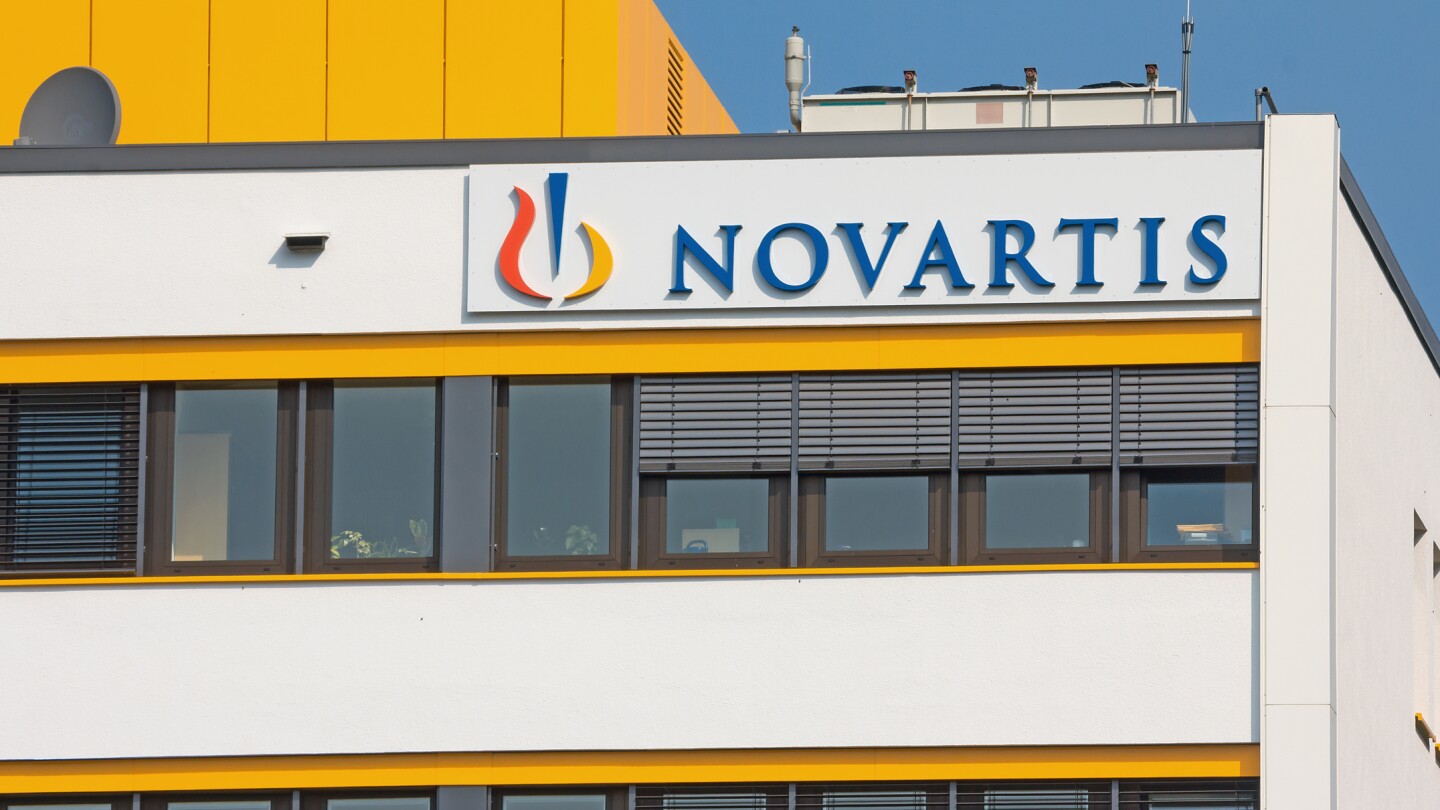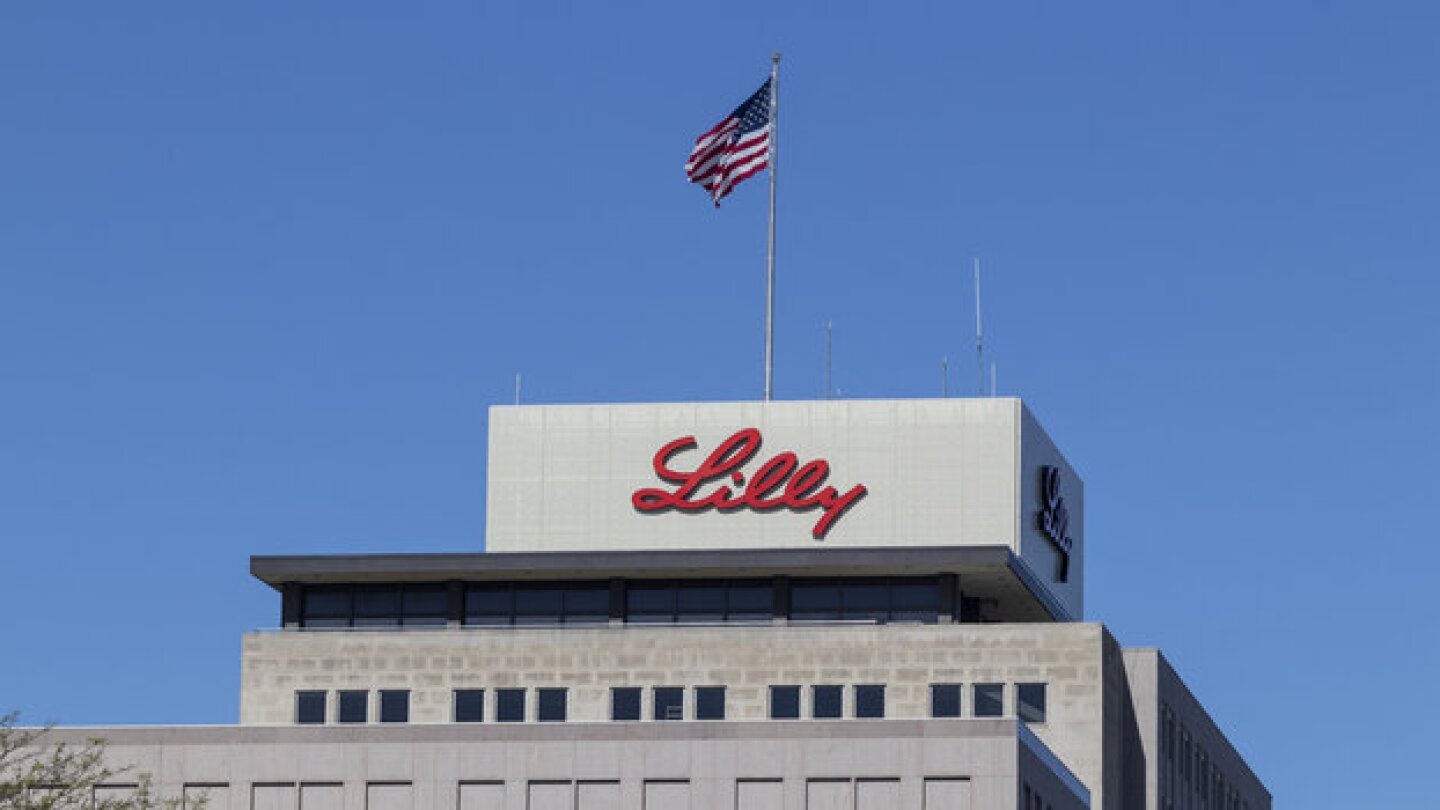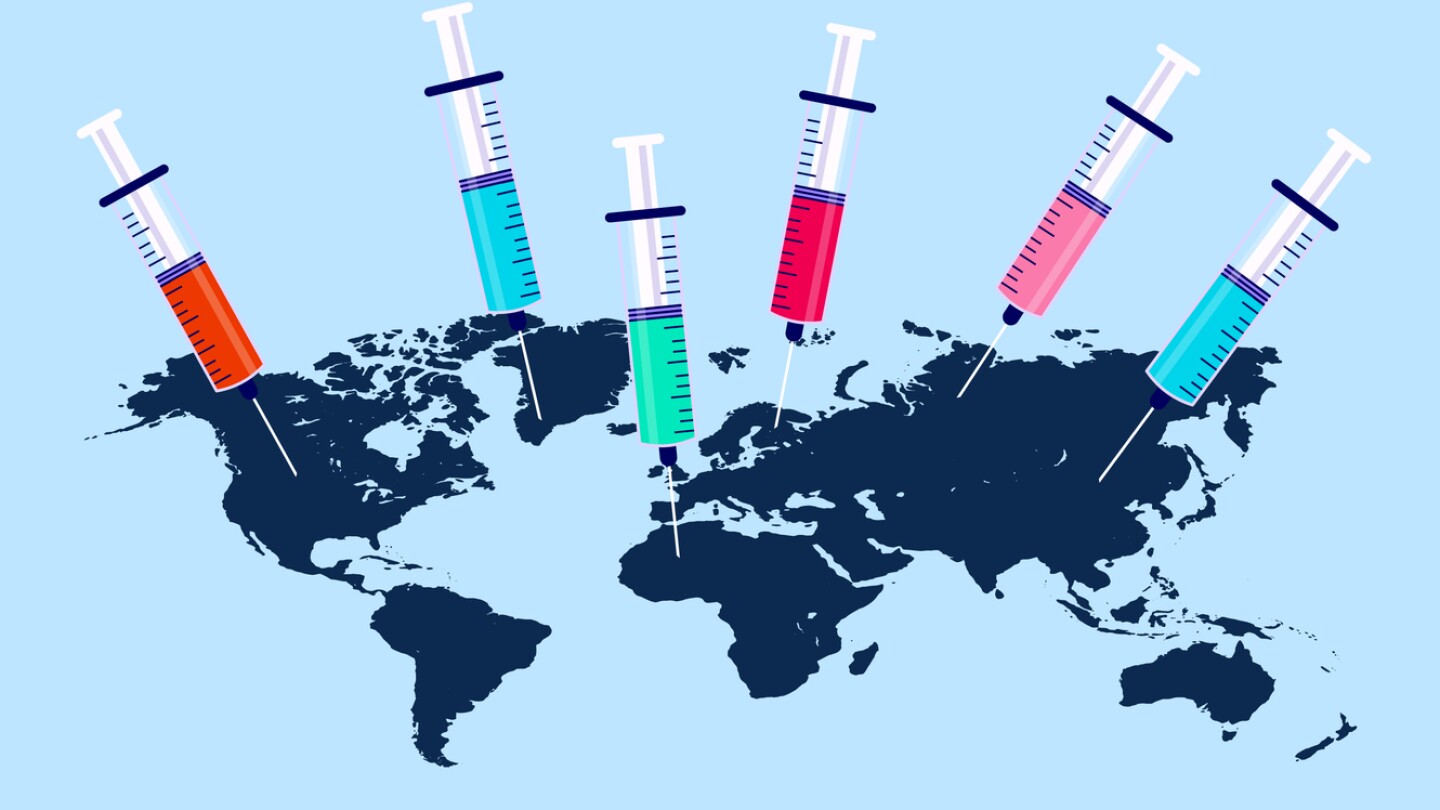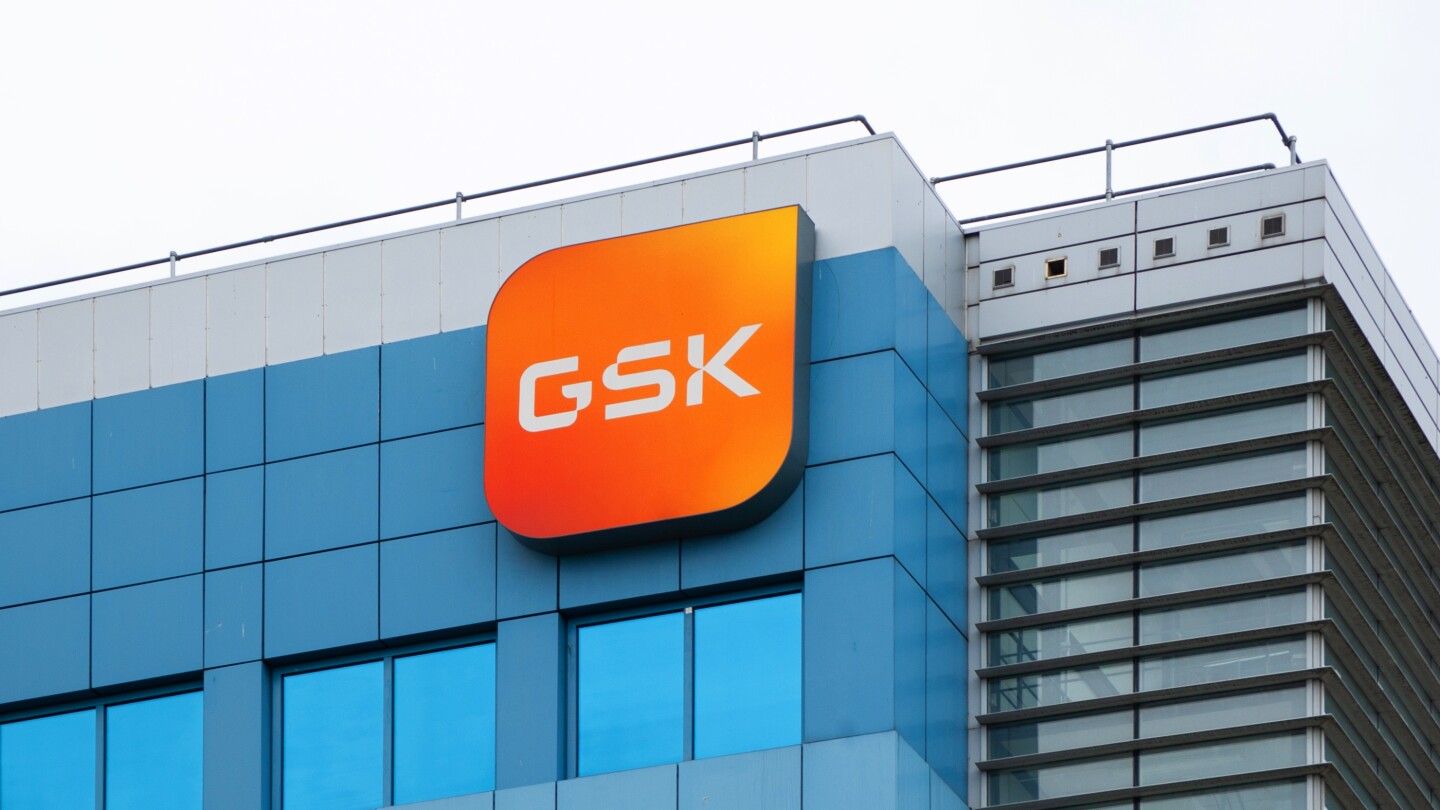News
A month after sparking optimism for patients with Huntington’s disease with highly positive data for AMT-130, uniQure revealed Monday that the FDA may be changing its tune on the evidence required for an approval application, a change of direction Stifel called “very challenging” for uniQure.
FEATURED STORIES
As the industry loses one of its key female leaders in GSK CEO Emma Walmsley, BioSpace profiles the women leading the industry’s smaller biopharmas.
Drug pricing criticism often fixates on a price at a single point in time but drug pricing is never static.
Cell and gene therapy experts question where the FDA designation fits in an environment that features a range of intersecting regulatory perks.
Job Trends
Staff cuts will leave IGM Biosciences with 37 employees. The company is also halting development of two bispecific antibody T cell engagers for autoimmune diseases.
FROM OUR EDITORS
Read our takes on the biggest stories happening in the industry.
Project 2025, a blueprint for a potential second Trump term that highlights the IRA as a potential target, took a starring role in this week’s Democratic National Convention.
THE LATEST
Pivotal results from uniQure’s gene therapy for Huntington’s disease have brought new light to patients who have known only disappointment in recent years—but one expert worries that communication of the results is creating “false expectations.”
The deal, announced early Sunday afternoon, will see Novartis gain access to Avidity’s neuroscience assets, while the San Diego biotech spins out a new company to shepherd its early-stage precision cardiology programs.
The $70 million upfront deal adds to a portfolio of drugs Biogen has been growing in various immunological conditions since 2024.
The cornerstone of the deal is Ixo-vec, an intravitreal gene therapy currently in Phase III development for wet age-related macular degeneration. Eli Lilly made another foray into genetic medicine in June, picking up Verve Therapeutics for up to $1.3 billion.
Of the 25 companies receiving tax incentives in Massachusetts, 23 will add jobs outside of Boston and Cambridge. Medtronic, which is receiving the largest award, will create 220 roles in Billerica. Other recipients include AbbVie, Dyne Therapeutics and Viridian Therapeutics.
In three draft guidance documents, the FDA has laid out pointers to help companies craft better drug development programs and drug applications.
The discontinued CAR T therapy bbT369 came to Regeneron when the pharma bought all of 2seventy bio’s pipeline assets for $5 million upfront in January 2024.
Sales of Sanofi’s COVID-19 and flu vaccines fell 17% in the third quarter amid declining vaccination rates and pricing pressures in Europe.
The antibody-drug conjugate, withdrawn from the market by GSK in 2022 after failing a confirmatory study, was approved Thursday by the FDA for previously treated patients with multiple myeloma. This is despite a negative advisory committee vote in July.
Viking Therapeutics CEO Brian Lian is watching the growth of interest in MASH and obesity but prepared to go it alone.

